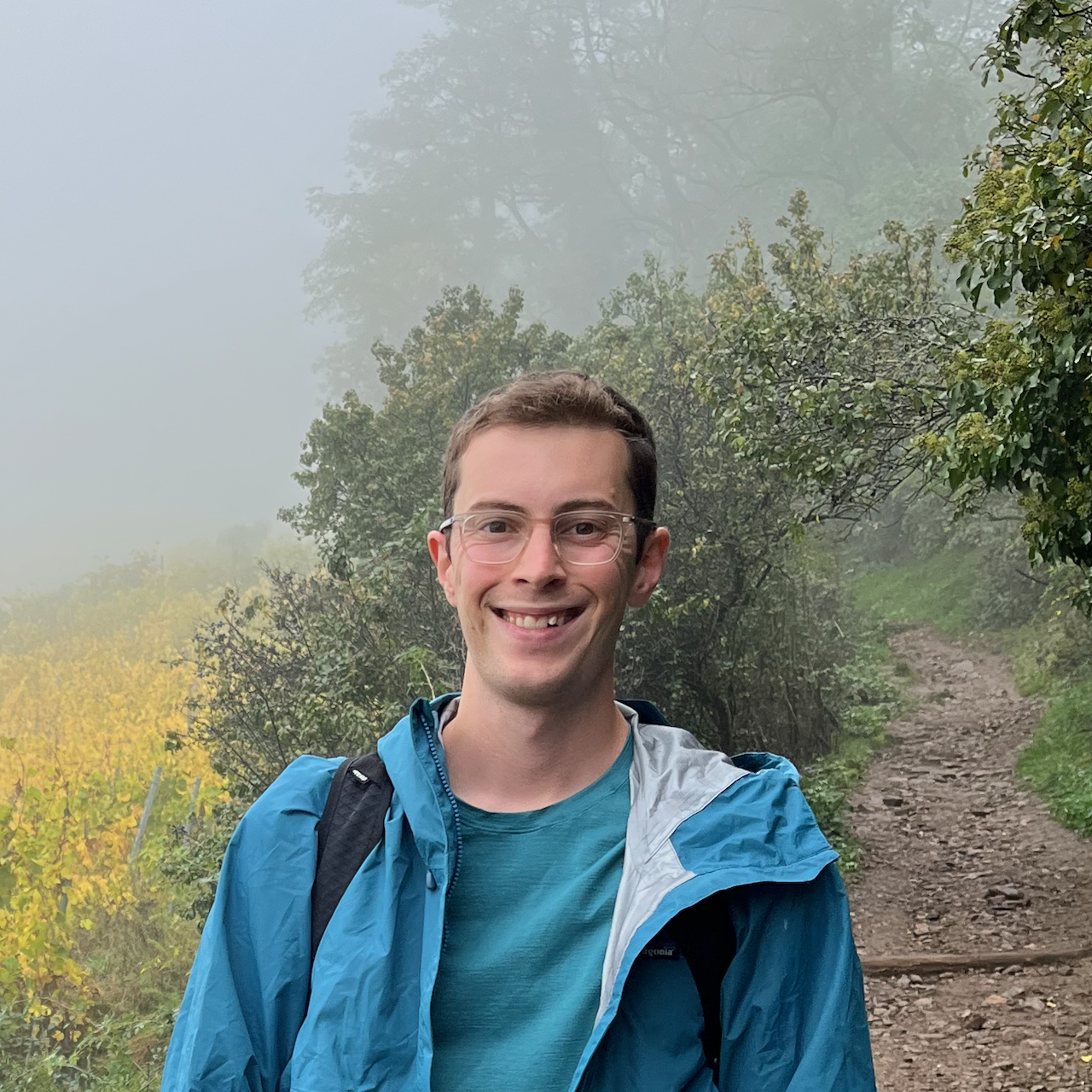Wildland Fire Smoke Adds to Disproportionate PM2.5 Exposure in the United States
Published in Environmental Science and Technology Air, 2025
Wildland fire (i.e., prescribed fire and wildfire) smoke exposure is an emerging public health threat, in part due to climate change. Previous research has demonstrated disparities in ambient fine particulate matter (PM2.5) exposure, with Black people, among others, exposed to higher concentrations; yet, it remains unclear how wildland fire smoke may contribute to additional disproportionate exposure. Here, we investigate the additional PM2.5 burden contributed by wildland fire smoke in the contiguous United States by race and ethnicity, urbanicity, median household income, and language spoken at home, using modeled total, non-fire, and fire PM2.5 concentrations from 2007 to 2018. Wildland fires contributed 7% to 14% of total population weighted PM2.5 concentrations annually, while non-fire PM2.5 concentrations declined by 24% over the study period. Wildland fires contributed to greater PM2.5 exposure for Black and American Indian or Alaska Native people and those who live in nonurban areas. Disproportionate mean non-fire PM2.5 concentrations for Black people (9.1 μg/m3, compared to 8.7 μg/m3 overall) were estimated to be further exacerbated by additional disproportionate concentrations from fires (1.0 μg/m3, compared to 0.9 μg/m3 overall). These results can inform equitable strategies by public health agencies and air quality managers to reduce smoke exposure in the United States.
Recommended citation: Wildland Fire Smoke Adds to Disproportionate PM2.5 Exposure in the United States. R. Byron Rice, Jason D. Sacks, Kirk R. Baker, Stephen D. LeDuc, and J. Jason West. ACS ES&T Air 2025 2 (2), 215-225. DOI: 10.1021/acsestair.4c00173
Link to paper
